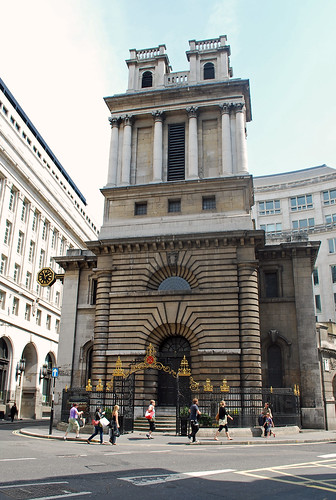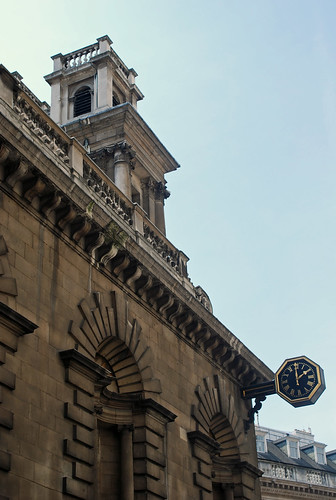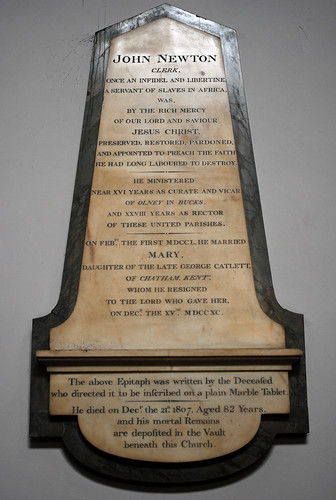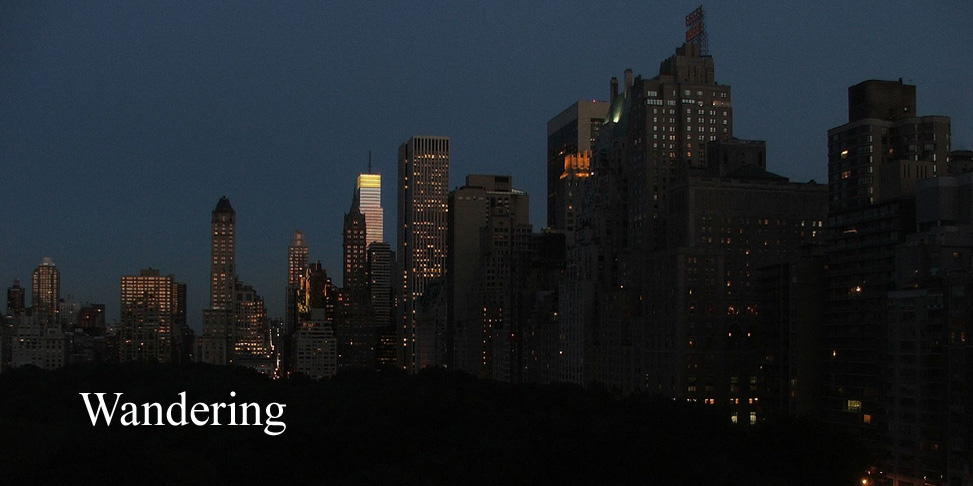
I became interested in Nicolas Hawksmoor and his London churches in April this year when I saw the Lion and Unicorn gamboling around the tower of St. George’s Bloomsbury and looked into their history. I visited each of the six churches in May; but I only saw St. Mary Woolnoth from the outside as it was closed on the Bank Holiday of my visit. I had only known of the church from its appearance in T.S. Eliot’s
The Waste Land:
Sighs, short and infrequent, were exhaled,
And each man fixed his eyes before his feet.
Flowed up the hill and down King William Street,
To where Saint Mary Woolnoth kept the hours
With a dead sound on the final stroke of nine.
And I wanted to hear if it indeed kept the hours. It was approaching 2 p.m. and I waited near the clock for the hour, but no sound was heard. I wondered if Eliot’s line was an obscure joke of some kind, or if the clock struck, but only some of the time.

I returned to the church in late October and found it open. The clock was set at 12, indicating that it was not in working order. But inside the church I was surprised to find a clock mechanism and pendulum in a glass case inscribed with the passage from The Waste Land. Perhaps this was the clock that kept the hours but I couldn’t find anything about its history.

A young man was arranging a display of Christmas Cards for sale in the porch and I asked him what he knew.
“Sorry, I only started here yesterday.”
And “The Reverend’s away until Monday”.
The Waste Land is not the only verse associated with the church. There is a memorial on the wall for John Newton, author of the words to
Amazing Grace.

Amazing Grace, how sweet the sound,
That saved a wretch like me.
I once was lost but now am found,
Was blind, but now I see.
According to the
Wikipedia article on this hymn, it only began to be sung to the tune associated with its modern popularity in the twentieth century, the tune first appearing in 1829; and if this is correct Newton was blessed by never having to endure it himself.
It’s an unusual combination of associations: an eighteenth century evangelical hymn and probably the best known modernist poem in English.
When I find out more about the final stroke of nine I will add it here.





No comments:
Post a Comment